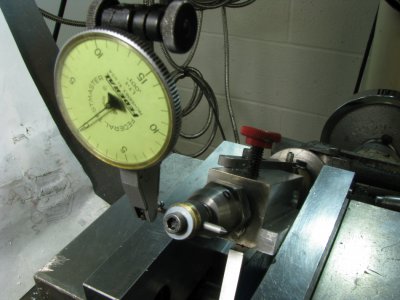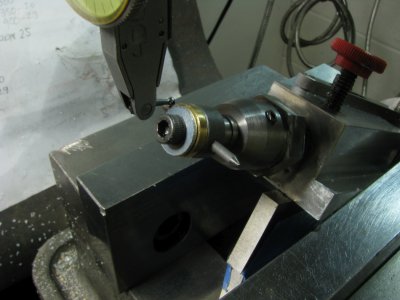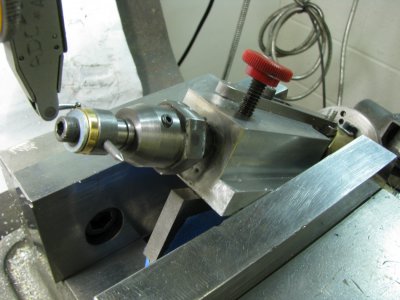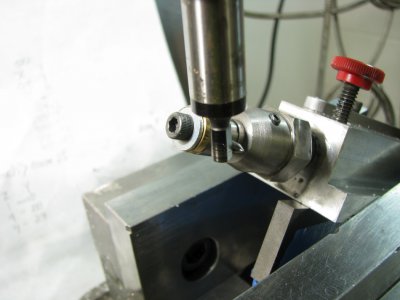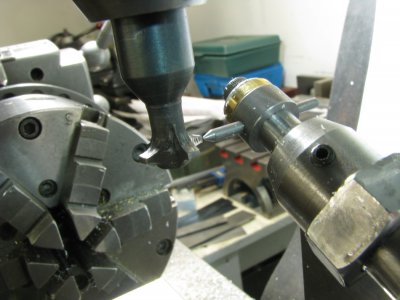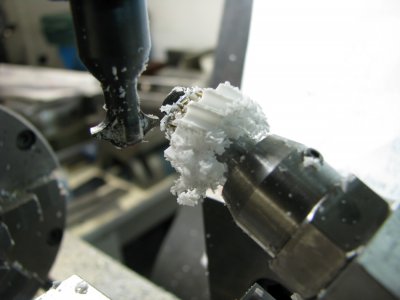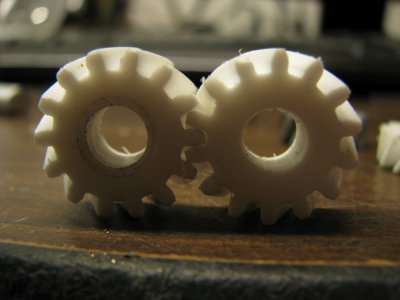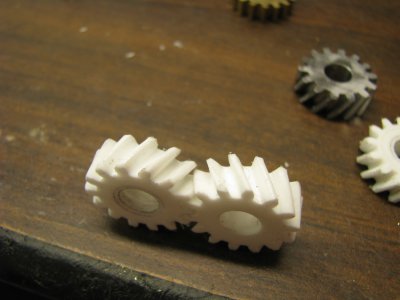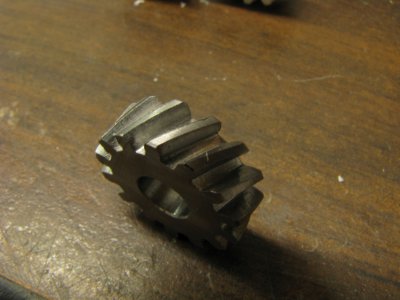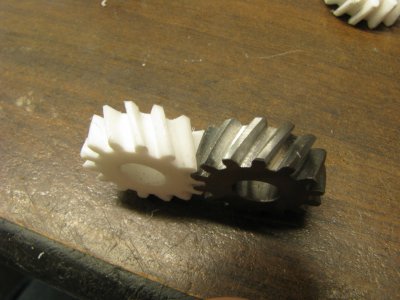- Joined
- Mar 22, 2013
- Messages
- 215
Since Chuck Fellows published the drawings for making and using the helical gear fixture I have made quite a few of them. The problem with the whole setup is the indexing/cutting fixture is always at some angle to cut the required gears. At the cutting end of the mandrel is an arbor to hold whatever blank you're going to be cutting. I have posed the question to machinist friends and thought about it myself but couldn't come up with a reasonably accurate way of centering the cutter both vertically and transversely relative to the centerline of the gear blank.
I'm in the process of starting a new project with the completion of the Galion road grader and thought I would like to make another transmission, this one for my flathead engine. My son knows a fellow that has several of them and he offered one to me so that I could take the necessary dimensions. When I built the Borg-Warner T-5 transmission I used spur gears instead of the normal helicals because of the large amount of gear cutting templates required to make all the gears. With this one which has fewer gears I thought I would make the helicals.
Now back to the problem at hand. The gears will all be .250 wide so I made a setup gauge, if you will, that mounts onto the end of the holding arbor. I started by turning a piece of stock that fits the arbor and is .25 wide, the same as the gears. I cross drilled it .093 diameter and inserted a pin in each side, one with a point and one flat ended. I moved the shaft of the fixture to approximately halfway of it's travel and locked it with the locking screw. The next step is to secure the gauge to the arbor and align it horizontally by eye. I then used the dial indicator to get it completely flat. Step three was to use the edge finder to get to the center of the pin. This was done and -0- set on the readout. (X travel)
I'm in the process of starting a new project with the completion of the Galion road grader and thought I would like to make another transmission, this one for my flathead engine. My son knows a fellow that has several of them and he offered one to me so that I could take the necessary dimensions. When I built the Borg-Warner T-5 transmission I used spur gears instead of the normal helicals because of the large amount of gear cutting templates required to make all the gears. With this one which has fewer gears I thought I would make the helicals.
Now back to the problem at hand. The gears will all be .250 wide so I made a setup gauge, if you will, that mounts onto the end of the holding arbor. I started by turning a piece of stock that fits the arbor and is .25 wide, the same as the gears. I cross drilled it .093 diameter and inserted a pin in each side, one with a point and one flat ended. I moved the shaft of the fixture to approximately halfway of it's travel and locked it with the locking screw. The next step is to secure the gauge to the arbor and align it horizontally by eye. I then used the dial indicator to get it completely flat. Step three was to use the edge finder to get to the center of the pin. This was done and -0- set on the readout. (X travel)


